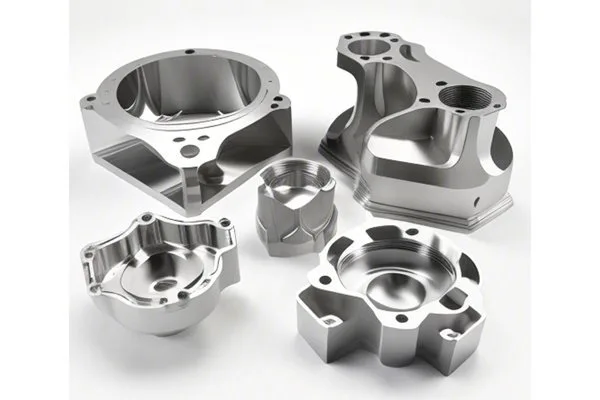*
In the fast-paced world of automotive production, every detail matters. As manufacturers seek to optimize their processes and enhance product performance, materials selection becomes a pivotal aspect. Among the various materials available, No. 20 steel and No. 45 steel have emerged as popular choices for automotive applications. In this article, we will undertake an in-depth exploration of how CNC (Computer Numerical Control) processing differs between these two steel grades, focusing on their mechanical properties, processing challenges, cost implications, and suitability for various automotive components.
At YL Machining, we pride ourselves on our expertise in precision CNC machining, delivering unparalleled quality and innovation. Let us delve into the fascinating world of steel processing and discover how it shapes the manufacturing landscape.
—
Before we dive into the intricacies of CNC processing, it’s crucial to understand the basic properties of No. 20 steel and No. 45 steel.
No. 20 Steel:
No. 45 Steel:
—
When working with No. 20 steel, machinists can typically use lower cutting speeds due to its softer composition. A common practice is to set spindle speeds at around 1000-1200 RPM with feed rates ranging between 0.1-0.2mm/rev. Conversely, No. 45 steel, owing to its higher hardness, necessitates the use of robust tooling materials, such as carbide or high-speed steel (HSS). Recommended spindle speeds for machining No. 45 steel should be adjusted to approximately 800-1000 RPM, and feed rates may also decrease to ensure tool longevity.
Graphical Representation:
Machinability can be assessed through the ease of cutting, surface finish, and tool wear. No. 20 steel scores high in machinability, allowing for faster processing times and minimal tool wear. The lower carbon content results in reduced friction during cutting operations.
In contrast, No. 45 steel presents a greater challenge due to its toughness and propensity to work-harden. The tool wear rate is significantly higher in this steel grade, which often necessitates more frequent tool changes and careful monitoring throughout the machining cycle.
Achieving a desirable surface finish is vital in automotive parts manufacturing as it greatly influences the performance and longevity of components. With No. 20 steel, a typical surface finish value can reach Ra 0.8
In contrast, No. 45 steel may produce a rougher surface finish, often in the range of Ra 1.6
One of the major advantages of No. 45 steel is its ability to undergo various heat treatment processes, including quenching and tempering. These processes can elevate the steel’s hardness to HRC 40 or higher, making it suitable for high-stress applications. However, heat treatment requires careful control to avoid warping or cracking—a common challenge during CNC processing.
On the other hand, No. 20 steel generally does not undergo heat treatment due to its low carbon content. Consequently, its hardness remains relatively low, making it unsuitable for parts that encounter high wear or stress.
Cost is a substantial factor in material selection and processing. No. 20 steel is typically more economical due to its lower carbon content and ease of machining, leading to reduced manufacturing costs. It allows for quicker production cycles, ultimately impacting the bottom line favorably.
Meanwhile, No. 45 steel’s higher material and machining costs must be balanced against its performance benefits, particularly for high-stress automotive components. Companies like YL Machining often use cost-benefit analysis to determine the optimal balance between material quality and operational expenses.
—
While both grades of steel find applications in automotive manufacturing, certain scenarios favor one over the other.
—
When determining the most suited steel grade for a specific automotive application, several factors require careful consideration:
—
In the realm of automotive parts manufacturing, the choice between No. 20 steel and No. 45 steel is not merely a matter of preference, but rather a complex decision influenced by mechanical properties, machining challenges, cost factor, and application suitability.
At YL Machining, our deep understanding of CNC processing intricacies allows us to provide expert guidance to our clients in navigating these decisions. As we forge ahead into the future, we remain committed to delivering innovative solutions tailored to every project requirement.
As you seek to optimize your manufacturing processes, consider us your trusted partner, dedicated to bringing about excellence and efficiency in the automotive arena. With the right materials and precise machining, the road ahead is not just built with steel—it’s a journey toward innovation and success.
—





